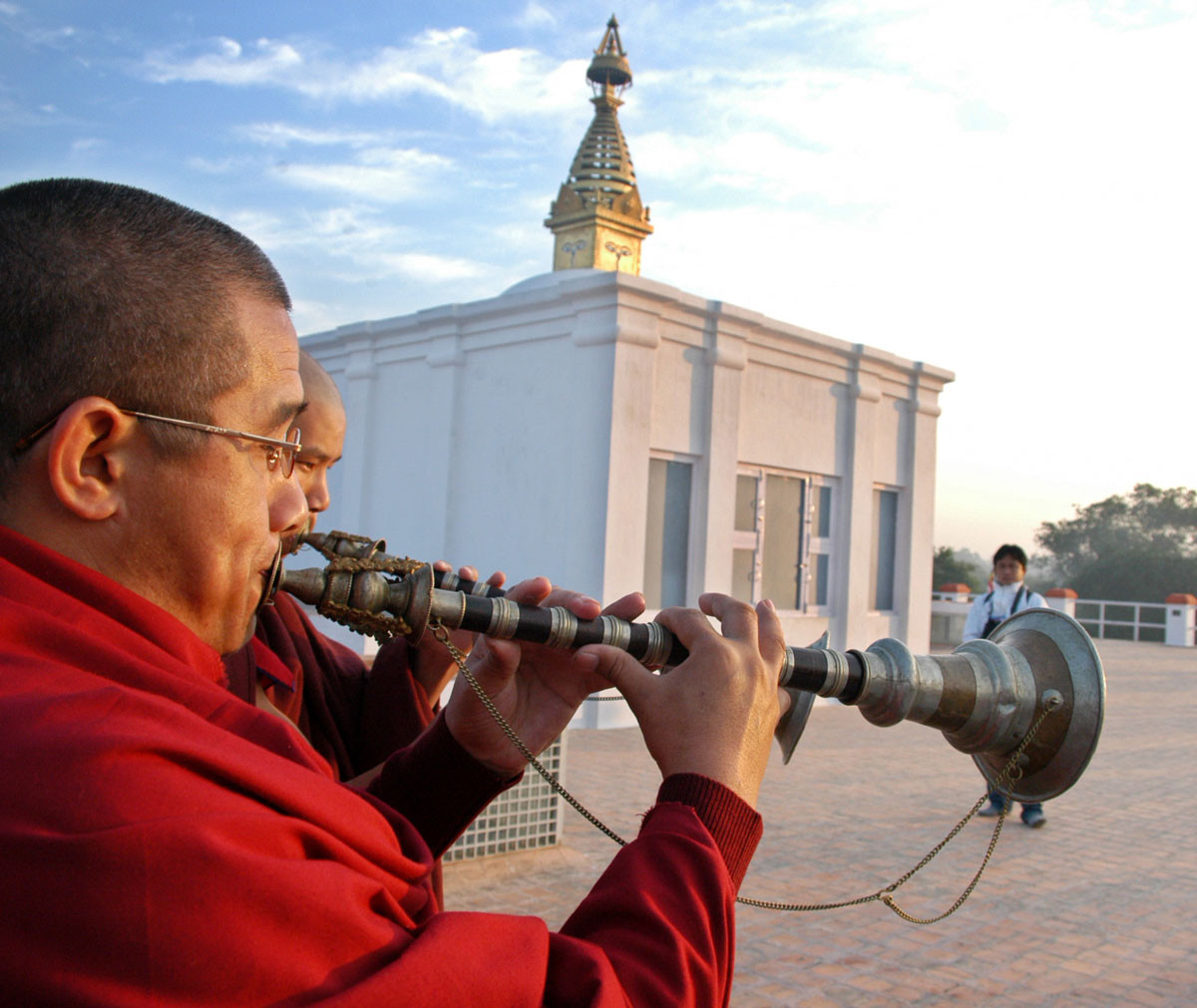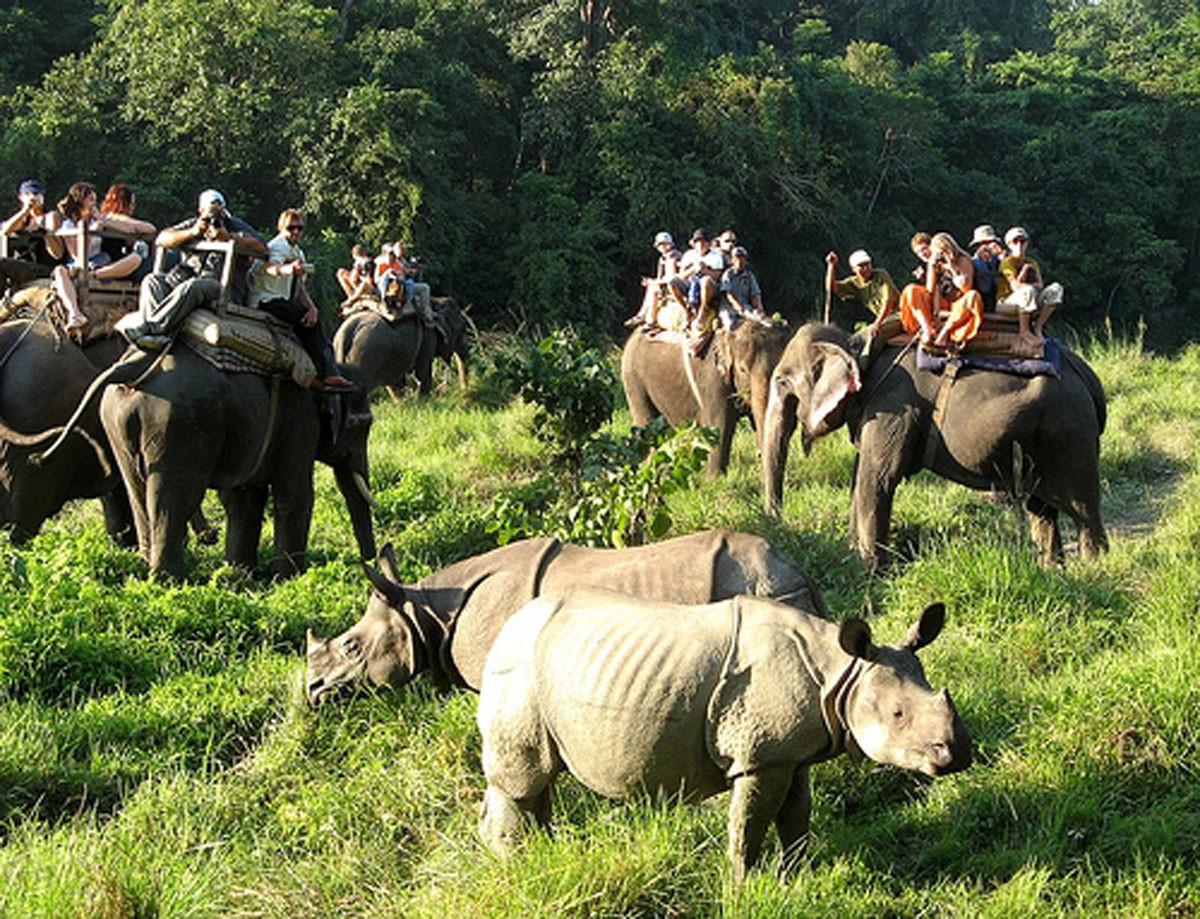UNESCO World Heritage Sites in Nepal

The United Nations Education, Scientific and Cultural Organization (UNESCO) has listed four sites in Nepal - Kathmandu Valley, Lumbini, Chitwan National Park and Sagarmatha National Park as world heritage sites.
Two of them are cultural and two are natural attractions with unique features and attractions that offer information, education, entertainment and amusement.
The heritage suites feature historic and cultural monuments that date back to more than two centuries, and natural attractions full of wildlife, vegetation and magnificent Himalayas.
Kathmandu Valley
Known as one of the world’s oldest capitals, Kathmandu Valley has 7 UNESCO sites in the heritage list. These 7 sites boasts of cultural and historical monuments that represent various era and regimes.
1. Pashupatinath Temple
The Pashupatinath Temple, one of the holiest places for Hindus, lies on the banks of the Bagmati River.

Read more: Pashupatinath Temple | UNESCO World Heritage Site | Kathmandu Nepal
2. Swayambhunath Stupa
Swayambhunath Stupa, which is probably 2,500 years old is the oldest heritage of Kathmandu Valley on the UNESCO list. The Stupa has two eyes representing wisdom and compassion and 13 rings representing the 13 steps of ladder leading to Nirvana.
3. Durbar Squares
The 3 durbar squares of Kathmandu, Bhaktapur and Lalitpur were capitals of the three states of the valley (Kantipur, Bhadgaun and Patan respectively) during the Malla era. These durbar squares possess the unique architecture and tiered temples and intricate works of wood and metals.
4. Boudhanath Stupa
Another UNESCO listed site is the Boudhanath Stupa. Built around 5th century the stupa is a mandala-style structure and is one of the biggest monument of Nepal. Boudhanath’s vicinity is full of cultural attractions.
5. Changu Narayan Temple
Changu Narayan Temple and its Newari settlement is also included in the list. The temple was built in 3rd century BC and is located on a hilltop in Bhaktapur.
Lumbini
Lumbini, the birthplace of Lord Buddha is located in the southern plains 300 km west of Kathmandu. Also called Shakyamuni Buddha, he was born in the sacred gardens of Lumbini in 623 BC, evidenced by the inscriptions seen on the Ashoka Pillar. Other notable sites around Lumbini are the Maya Devi Temple, World Peace Stupa, the eternal flame, etc.

Sagarmatha National Park
Sagarmatha National Park was listed as a UNESCO in 1979. A remarkable aspect of this national park is that it includes the world’s highest mountain - Everest and other famous peaks like Lhotse, Pumori, Cho Oyu, Nuptse and Ama Dablam. The national park is located at Solukhumbu District which has been inhabited by the Sherpas for the last four centuries.
Chitwan National Park
Established as the first national park of Nepal in 1973, Chitwan National Park was listed as a heritage site in 1984. The national park covers an area of 932 sq.km2 . Rich in biodiversity and ecosystems, Chitwan National Park is home to endangered mammals like the Bengal Tiger, One Horned Rhino, etc and has one of the largest Sal forests of the country. Chitwan is also the home of the indigenous Tharu community.

Sagarmatha National Park was listed as a UNESCO in 1979. A remarkable aspect of this national park is that it includes the world’s highest mountain - Everest and other famous peaks like Lhotse, Pumori, Cho Oyu, Nuptse and Ama Dablam. The national park is located at Solukhumbu District which has been inhabited by the Sherpas for the last four centuries.
FAQs about UNESCO World Heritage Sites in Nepal
How many UNESCO world heritage sites are there in Nepal?
There are 7 UNESCO world heritage sites in Nepal. Nepal also recorded 15 sites on its tentative list.
What do you mean by world heritage site?
World heritage sites are the cultural and natural sites in the world that are considered to be of “Outstanding Universal Value” and listed as World Heritage sites by the World Heritage Committee.
Which is the first world heritage site of Nepal?
Sagarmatha National Park is the first heritage site of Nepal to be listed in world heritage sites. It was added in 1979.
Is Boudhanath a World Heritage Site?
Yes, Boudhanath is one of the World Heritage Sites listed in 1979 recognized for its historical, cultural, and religious significance.

